Nitrogen
It is a highly mobile element for plants. Deficiency can appear like uniform chlorotic leaves (pale, yellow or yellow-white leaves).
Do you ever observe your plants with pale colors on leaves or just drying out? Or plants not showing optimum growth in tissue culture? Then it is possible that your plants are experiencing nutrient deficiencies! Nutrients are important for all plants whether they grow on field or in a tissue culture lab. Hence, it is interesting for us to learn not just about different nutrients plants need, but also how to notice nutrient deficiencies in micropropagation.
But first, if you are new to the world of plant tissue culture and don't know about what nutrients plants need? Or what are the benefits of these nutrients for plant growth? Then have a look at this article "2 major nutrient components of culture media".
When we supply the necessary nutrients via tissue culture media, the tissues/explants grow and multiplies to form healthy plantlets. However, when the plant system does not have enough amount of any of the elements, then you can observe some abnormal symptoms in plants. These symptoms are the result of one or more deficiencies acting together. The deficiency symptoms could be simply yellowing, curling or drying of leaves and so on. It could also be dead tissues occurring in patches in different parts of a plant.
Did you know that some elements can move to different parts of the plant while others cannot? They are either mobile or immobile in the plant system. We call this as nutrient mobility in plants!
Mobile nutrients move from older tissues to younger ones. So the interesting point for us is that here the deficiency will show up in older plant parts. But an immobile element does not move! So you can notice the deficiency symptoms on the younger stem, root tips or leaves.
Every plant shows nutrient deficiency symptoms every now and then. Learning how to recognize the element responsible for a particular symptom can be a bit tricky! But the good news is, you can become pretty good at it with time, careful observations and a lot of practice. And you can start practising anytime and literally anywhere, be it in the field, your own greenhouse or in the growth rooms for tissue culture plants.
You might be wondering now, what can you do after recognizing the nutrient deficiency in tissue culture? The answer is simple! You can simply transfer your cultures to a modified media enriched with the deficient nutrient. This step will help your plants to slowly recover from deficiency and show decent growth. You can find several of these modified media in our webshop.
Let us now briefly discuss different symptoms which we can observe when an element is deficient:
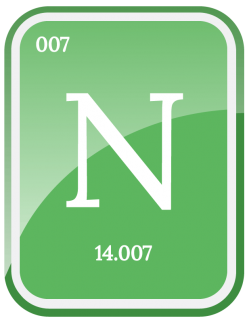
It is a highly mobile element for plants. Deficiency can appear like uniform chlorotic leaves (pale, yellow or yellow-white leaves).

It is a mobile element as well. Its deficiency can be recognized as stunted growth and reddish to purple coloration.

Deficiency can lead to abnormal plants. Older leaves in the plants can show curled or necrotic margins (premature death of living cells).
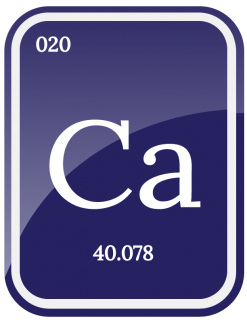
It is an immobile element. Plants take up calcium during water movement within the plant and its evaporation from aerial parts such as leaves. Its deficiency can cause shoots and root tips to die off.

It is a mobile element and is an important component of chlorophyll molecules. Its deficiency can look like yellowing of the tissues between the veins of leaves (interveinal chlorosis). It appears evidently on the outside of leaves. This happens due to a decline in chlorophyll production.
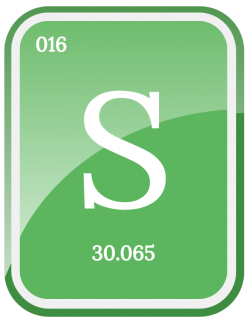
It is a partially mobile element. As it is supplied in culture media along with different elements, there is a rare chance of sulfur deficiency in plants. If there is a deficiency, it results into overall yellowing of the plant.
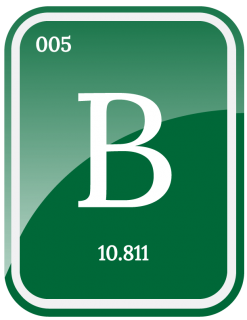
It is an immobile element whose deficiency causes internal tissues in plant and plantlets to deteriorate.
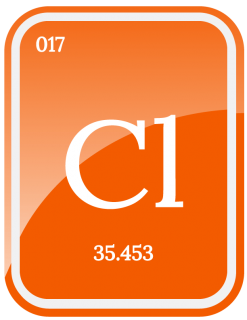
An important element for growth and any deficiency causes leaves to droop (wilted leaves).
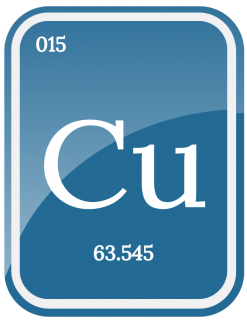
Its deficiency can lead to retarded growth and leaf malformations as it is believed to be necessary for energy conversion.
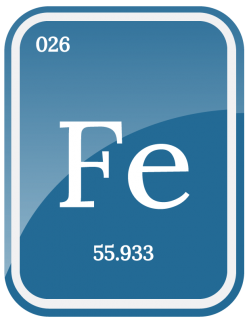
It is an immobile element and deficiency leads to yellowed (chlorotic) leaves. Yellowing can be observed between the veins too, thus giving striped appearance to leaves.
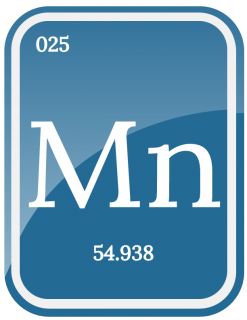
The deficiency of this element appears like yellowing in spots/patches in leaves in between veins.
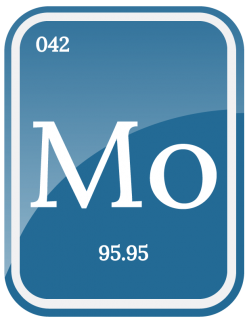
It is an essential element for protein synthesis. Its deficiency can lead to stunted growth in some plant species to narrow leaf condition in some other plants.
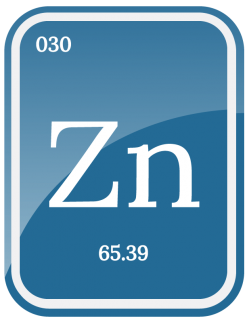
When zinc is deficient, it causes formation of abnormal roots and malformed leaves with yellowing.
So these are the major nutrient deficiencies and their symptoms which you can find in a tissue culture lab. We hope this information will be useful for many of you. For more articles on plant tissue culture, keep checking this space !
By Nancy Bhatia | 11-May-2021
By continuing to use the site, you agree to the use of cookies. more information
Websites that measure visitor behavior and record data about it in, for example, cookies (and that is virtually all websites) must adhere to the new EU cookie legislation. This regulation also applies to your privacy.
We strive to inform you as openly and completely as possible about cookies that are used at Lab Associates B.V. Cookies are used by us to improve your ease of use on our website. Below you will find a further explanation about cookies, for which they are used and how you can, if you wish, opt out of cookies. Through this webpage we will keep you informed about the developments concerning cookies.
What are cookies?
Cookies are small text files that are placed on a computer, telephone or tablet. The cookies are read by the browser (including Google Chrome, Internet Explorer, Safari, Firefox) when opening an internet page. The
creator of a cookie determines which text files he places in the concerning cookie.
As long as you as a user do not enter personal data on the site you visited, the cookie cannot contain this information. There are direct and indirect cookies, also called first and third party cookies. Cookies are in principle not dangerous; they are not computer programs and cannot be used to distribute computer viruses.
Cookies used by Lab Associates B.V.
Lab Associates B.V. currently uses the following cookies:
| Goal | Type | Description |
| Monitoring | Google Analytics | An analytics service that helps us to find out what can be improved on the website and how important it is. |
Google https://www.google.com/intl/EN-gb/policies/privacy/
How can I opt out of cookies?
As a user, you can manage cookies that you allow on your computer via the internet browser you use. You can also indicate that you would like to be informed every time a cookie is offered. Below we explain
how you can manage cookies via the most popular internet browsers:
Find out which internet browser you use:
On your PC: click on 'Help' at the top of your browser and choose 'About'
On an Apple Mac: click on the Apple menu and choose 'About' (make sure the browser is open).
Opt-out of cookies in Internet Explorer:
In Internet Explorer you can select the level of the cookie filter:
Select 'Settings'
Click on 'Internet Options'
Click on the 'Privacy' tab
Move the slider to choose your settings. For more detailed privacy settings click on 'Advanced' or go to http://windows.microsoft.com/en-US/windows-vista/Block-or-allow-cookies
Opt-out of cookies in Safari:
Select 'Preferences' from the Safari menu
Select 'Security'
Cookie settings are shown
Choose your settings
More info at: http://support.apple.com/kb/PH5042”>http://support.apple.com/kb/PH5042
Opt-out of cookies in Google Chrome:
All cookies are enabled by default in Google Chrome. You can manage or completely block the behavior of first-party and third-party cookies:
Click on the 'Settings' menu
Select 'Clear Browser Data'
Click on the ‘Clear history, cookies, cache, and more'
More info at: http://support.google.com/chrome/bin/answer.py?hl=nl&answer=95647
Opt-out of cookies in Mozilla Firefox:
In Mozilla Firefox you can set which sites may set cookies and how long they are kept. You can also view and manage your existing cookies:
Click on 'Menu' and then 'Options'
Select 'Privacy'
Select 'Cookies'
Choose your settings
More info via: https://support.mozilla.org/en-US/kb/enable-and-disable-cookies-website-preferences
Detailed cookie information
Lab Associates B.V. strives to inform you as carefully as possible about the used cookies within the website. In the coming period we will work to make the overview below complete.
| Cookie | Name | Time that cookie is stored |
| Google Analytics | _utma | 730 days |
| _utmb | maximum 1 day | |
| _utmc | date not set | |
| _utmz | 182 days |